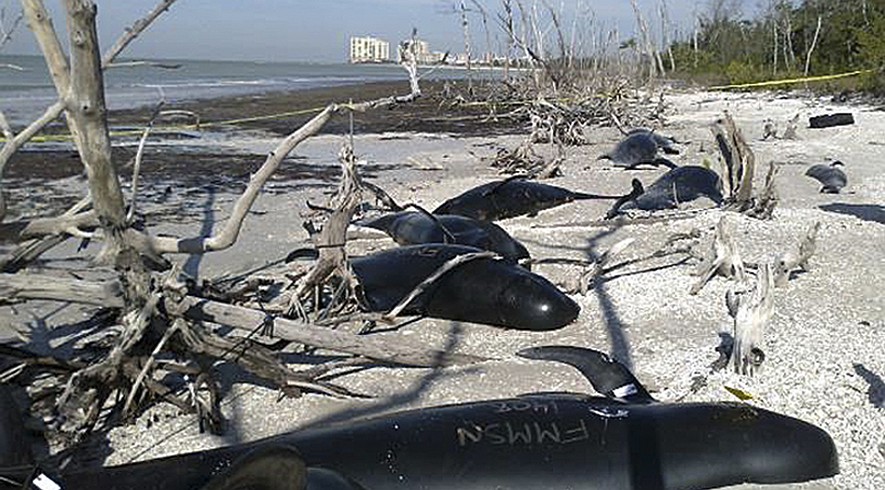Remember those old tube TVs that used to sit in our
living rooms and bed rooms? Some of us
may still have them! Gameboys? Do remember how excited we were when out
sight first landed on these new gadgets?
I know I was mesmerized. 4-5 years
ago the Gameboy was magical to me. Now...not
so much. Now I have my ipod; which in my
opinion is a lot better than the old Gameboy.
Now I have a flat screen TV sitting in my living room, not a tube TV
that weighed like 100 pounds. Do you
ever think about where our old TV’s, computers and techy gadgets go?

Our old friends end up at Absolute Green Electronics Recycling in Lake Forest. The pieces of technology are sorted and put
into bins that stretch in rows across a mammoth warehouse. There is a bin for everything; graphic cards,
circuit boards, cellphones, VHS camcorders, digital cameras, cables, network switches,
keyboards, cords, you name it! Computers, TV’s,
Printers and monitors are stacked up forming an intimidating mountain. It’s a world of technology there!
According to the Solving
the E-Waste Problem Initiative, a coalition of governments, scientists and
industry groups based in Bonn, Germany, there is a total of nearly 50 million tons of electronic
waste a year worldwide. U.S. leads the pack with 3 million tons a year followed
by China at 2.3 million. Statistics show
that within five years the total amount of E-waste may reach up to 65 million
tons!
 All of the E-waste we collect is quickly imported;
mainly to China but also other areas such as India, Pakistan and Nigeria. In these places, cheap labor and poor law
enforcement allow for the wastes to enter and be handled in the country. Countries like Africa and China have created
bustling scrap metal businesses. The
waste and labor is concerning to people because much of the electronic junk
contains lead, mercury, and other hazardous substances that are released when
the waste is melted down to recover gold, silver, and copper! These toxins are not only bad for the environment;
they are bad for us to. Really bad. Jim Puckett, founder of the Seattle-based
Basel Action Network said, “You see all these thousands — literally thousands —
of women and young kids whose job is to cook circuit boards,” People aren’t
safe in many places.
All of the E-waste we collect is quickly imported;
mainly to China but also other areas such as India, Pakistan and Nigeria. In these places, cheap labor and poor law
enforcement allow for the wastes to enter and be handled in the country. Countries like Africa and China have created
bustling scrap metal businesses. The
waste and labor is concerning to people because much of the electronic junk
contains lead, mercury, and other hazardous substances that are released when
the waste is melted down to recover gold, silver, and copper! These toxins are not only bad for the environment;
they are bad for us to. Really bad. Jim Puckett, founder of the Seattle-based
Basel Action Network said, “You see all these thousands — literally thousands —
of women and young kids whose job is to cook circuit boards,” People aren’t
safe in many places.
The Basel Convention controls the transboundary
movements of hazardous wastes and their disposal. I was very surprised to find out that 35
nations have adopted the principles of the Basel Convention, except the
U.S. I guess I was a bit annoyed when I
read this because the U.S. is by far the largest producer of e-waste.
I was glad to have read this article because not
only did it reduce my ignorance of the technology it also made me want to enlighten
other people about what is in store for us in the future. I want to live in a safe and healthy
environment and in order to do that, it involves getting active; spreading the word
and making more people aware. Encourage
people to recycle the waste you use because it can make a huge difference. Besides the health benefits, recycling can
conserve large amounts of precious metals that can be reused and carbon dioxide
and energy savings.
"In the Spotlight." Basel Convention Home Page. N.p., n.d. Web. 26 Feb. 2014.
"Obsolete Gadgetry Can Pollute Poorer Countries." The Orange County Register. N.p., n.d. Web. 26 Feb. 2014.
"The Problem with E-Waste | Inhabitat - Sustainable Design Innovation, Eco Architecture, Green Building." Inhabitat Sustainable Design Innovation Eco Architecture Green Building Electronics Recycling 101 The Problem With EWaste Comments. N.p., n.d. Web. 26 Feb. 2014.





